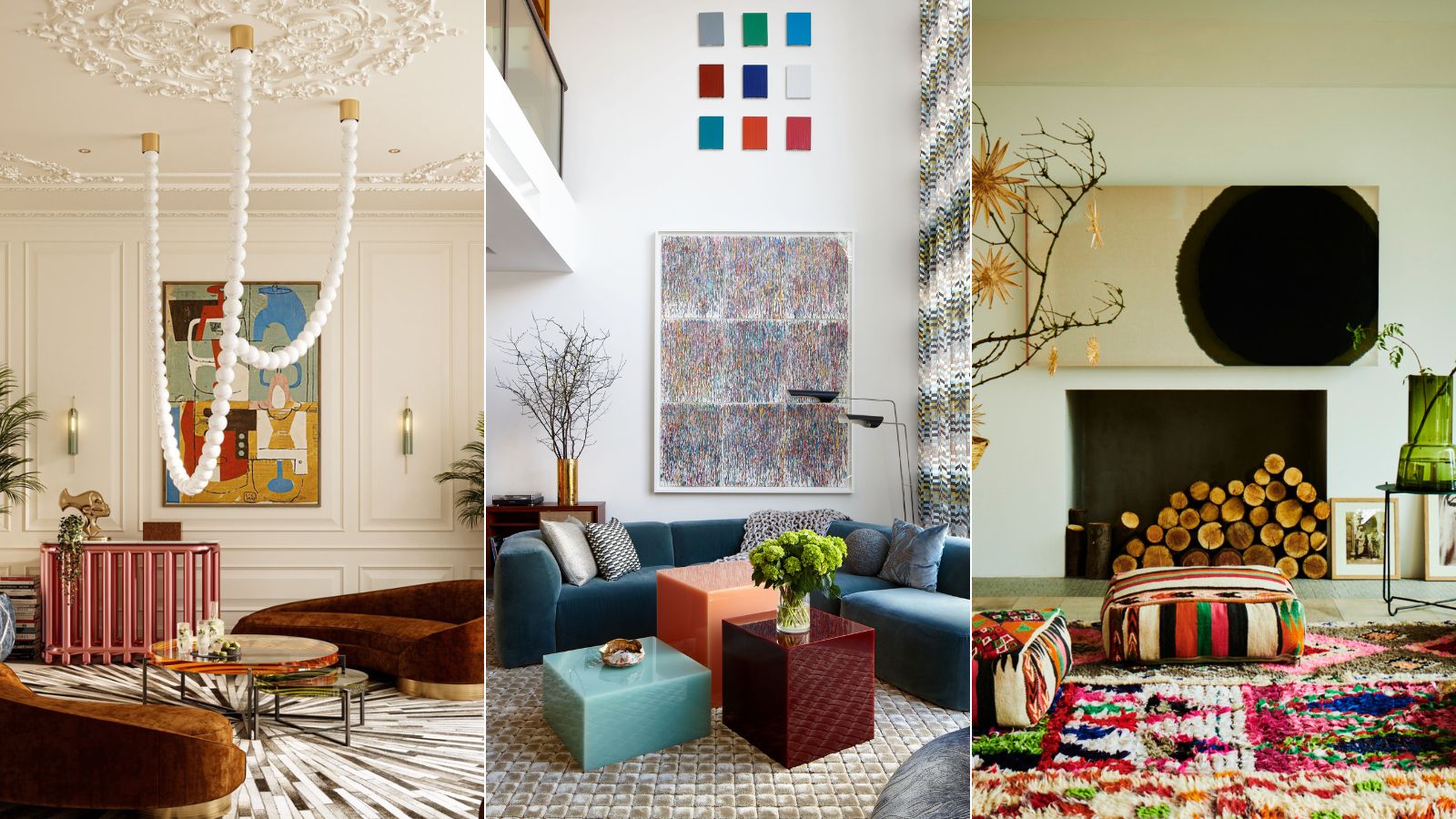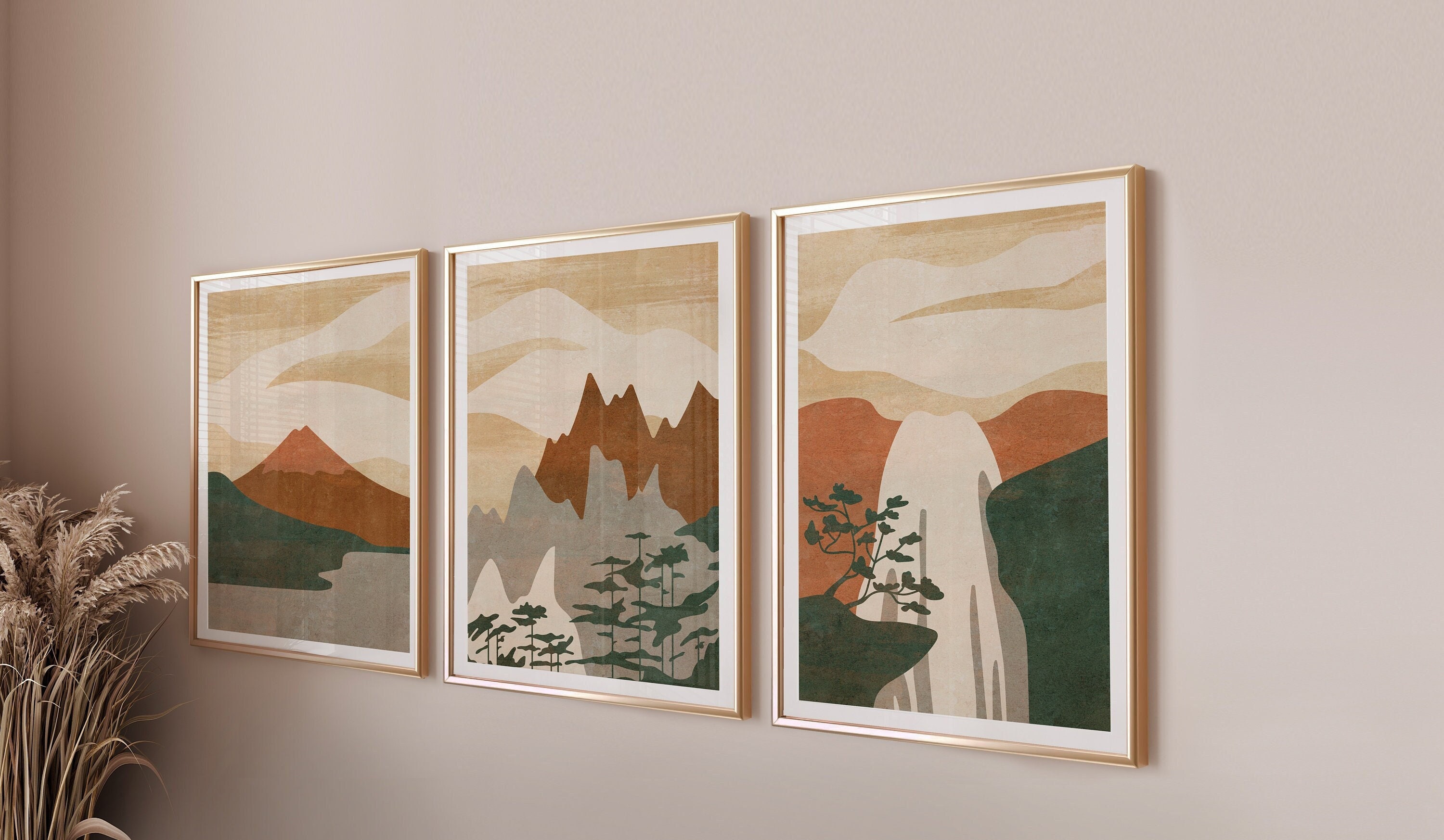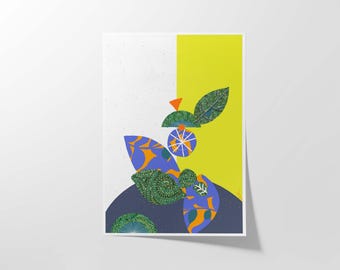2026 Trends in Abstract Art: What Collectors Need to Know
Share
The art world is in constant flux, with each year introducing fresh perspectives that challenge traditional boundaries and inspire new ways of seeing. As we look ahead to 2026, abstract art continues to dominate the conversation, evolving from its roots in early 20th-century movements to embrace contemporary concerns like sustainability, technology, and emotional well-being. For collectors, this means an exciting opportunity to acquire pieces that not only appreciate in value but also resonate on a personal level, transforming living spaces into havens of creativity and reflection. Whether you're a seasoned investor or a newcomer drawn to the allure of non-representational forms, understanding these trends is essential. Drawing from insights shared on platforms like Artsy, where emerging and established works converge, this guide explores the key developments shaping abstract art in 2026. From innovative styles to color palettes influenced by global shifts, we'll delve into how these trends can inform your collecting strategy, ensuring your acquisitions stand the test of time.
Abstract art, as defined by institutions such as the Tate, eschews literal depictions in favor of shapes, colors, and gestures that evoke emotion and thought. Its history traces back to pioneers like Wassily Kandinsky, who in the 1910s sought to create "pure" compositions akin to music, free from worldly references. This foundation has allowed the genre to adapt over decades, responding to cultural changes—from the geometric precision of Piet Mondrian's De Stijl to the explosive energy of Jackson Pollock's drip paintings in Abstract Expressionism. In 2026, amid ongoing discussions about climate change and digital integration, abstract art is poised to reflect a world in transition, blending analog techniques with cutting-edge innovations. Collectors should note the growing emphasis on ethical sourcing and eco-friendly materials, as galleries prioritize artists who use recycled or sustainable media. Market reports indicate a surge in demand for abstract works, with auction houses reporting a 15-20% increase in sales for emerging abstract artists over the past year, signaling strong investment potential.
Emerging Styles in Abstract Art
In 2026, abstract art is pushing the envelope with styles that emphasize experimentation and multisensory experiences. Artists are increasingly incorporating mixed media to create works that invite touch and interaction, moving beyond the flat canvas to engage viewers on multiple levels.
- Textural Layers: This style builds on the tactile qualities of paint, integrating elements like sand, fabric, or even digital prints to add depth and dimension. Artists layer materials to evoke landscapes or emotions, creating pieces that reveal new details upon closer inspection. For instance, contemporary creators draw inspiration from Gerhard Richter's scraped abstractions, but with a modern twist using organic fibers for an eco-conscious appeal. These works are ideal for collectors seeking art that feels alive and evolving.
- Minimalist Meets Maximalist: Here, simplicity collides with abundance, where sparse backgrounds host explosive bursts of color or form. This hybrid approach balances restraint with exuberance, appealing to those who appreciate contrast. Think of it as a dialogue between Agnes Martin's serene grids and Cy Twombly's chaotic scrawls—2026 sees artists merging these to comment on modern life's duality. Galleries report high interest in these pieces for their versatility in various decor styles.
- Interactive Pieces: Advancing with technology, interactive abstracts change based on light, movement, or viewer input. Using LED integrations or photochromic paints, these works shift hues or patterns, turning static art into dynamic experiences. Olafur Eliasson's light-based installations inspire this trend, but 2026 brings affordable versions for home use, like canvases that respond to ambient lighting. This style aligns with the rise of smart homes, offering collectors art that adapts to daily life.
These emerging styles reflect a broader shift toward art that fosters connection, with sustainability at the forefront. Many artists now source materials ethically, reducing carbon footprints— a factor increasingly influencing collector decisions, as per recent surveys from art fairs like Art Basel.
Popular Color Schemes for 2026
Color in abstract art isn't just aesthetic; it's a mirror to societal moods. For 2026, palettes draw from nature, technology, and psychology, offering schemes that ground or invigorate spaces. Influenced by global events, these colors promote wellness and harmony.
- Earthy Terracotta & Deep Greens: Evoking the earth's resilience, these tones bring warmth and stability. Terracotta's reddish-browns pair with lush greens to symbolize growth amid uncertainty, perfect for abstracts that mimic natural strata. Artists like Helen Frankenthaler, known for her soaked-stain technique, inspire this palette, which suits eco-themed collections.
- Muted Blues & Soft Neutrals: For serenity, muted blues blended with beiges and grays create calming gradients. This scheme addresses mental health trends, with abstracts that evoke vast skies or oceans. Drawing from Mark Rothko's color fields, these palettes are favored in therapeutic spaces, and collectors note their timeless appeal in resale markets.
- Bold Contrasts: Vibrant yellows against moody blacks deliver high-energy drama, symbolizing light piercing darkness. This contrast highlights emotional intensity, akin to Franz Kline's black-and-white gestures but with added vibrancy. Ideal for statement pieces, these works are gaining traction in urban collections, with market data showing a 25% uptick in bold abstract sales.
These palettes are versatile, allowing abstracts to complement diverse interiors while carrying symbolic weight. As color theory evolves, expect integrations with AI-generated hues for personalized art experiences.
Abstract Art in Home Decor
Abstract art's adaptability makes it a staple in home decor, seamlessly integrating into various rooms to enhance ambiance and functionality. In 2026, the focus is on how these pieces can personalize spaces while aligning with lifestyle trends like remote work and mindfulness.
- Living Rooms: As social hubs, living rooms benefit from large, dramatic abstracts that serve as focal points. Position a textural piece above the sofa to draw the eye and spark conversation, blending with furniture for cohesion. This setup fosters a welcoming atmosphere, with lighting enhancing interactive elements.
- Bedrooms: Opt for soothing muted blues and neutrals to promote tranquility. Hang abstracts above the bed to create a serene backdrop, aiding relaxation. Artists incorporating soft gradients help in crafting restful environments, aligning with wellness-focused decor.
- Home Offices: To energize productivity, choose bold contrasts or earthy tones. Abstracts in these spaces combat monotony, with vibrant yellows boosting creativity. As hybrid work persists, collectors are investing in art that inspires focus and innovation.
Incorporating abstract art into decor involves considering scale, lighting, and harmony with existing elements. Experts recommend starting with prints for accessibility, gradually building to originals. With the rise of virtual staging tools, collectors can preview placements digitally, ensuring seamless integration.
What This Means for Collectors
For collectors in 2026, these trends underscore the importance of art with emotional resonance and long-term value. Abstract pieces that adapt to changing tastes—through modular designs or sustainable materials—offer enduring appeal. Market insights reveal a booming sector, with abstract art comprising 40% of contemporary sales at major auctions. Focus on emerging artists using innovative techniques, as their works often yield high returns; for example, interactive abstracts have seen a 30% value increase in recent years.
Sustainability is key: seek galleries certifying eco-friendly practices, reducing the environmental impact of your collection. Technology integration, like AR previews on platforms such as Artsy, simplifies acquisitions. Diversify by blending styles—pair a textural layer with a bold contrast for dynamic displays. Ultimately, collect what moves you, as personal connection drives both enjoyment and investment success. Ready to build your collection? Explore curated selections that embody these trends for transformative additions to your portfolio.
FAQ
What defines emerging styles in 2026 abstract art? Emerging styles focus on experimentation, like textural layers with mixed media, minimalist-maximalist hybrids, and interactive pieces that respond to light or movement.
How do color schemes influence abstract art choices? Colors reflect societal moods; earthy terracotta and greens ground spaces, muted blues calm, and bold contrasts energize, allowing collectors to match art to emotional needs.
Best ways to integrate abstract art into home decor? In living rooms, use as focal points; bedrooms for serenity; offices for inspiration. Consider scale, lighting, and harmony with furniture.
Why prioritize sustainability in collecting? Sustainable materials reduce environmental impact, and eco-conscious works are increasingly valued in markets, aligning with global trends.
Where to find reliable abstract art resources? Platforms like Artsy offer curated collections, while Wikipedia and Tate provide historical context.












